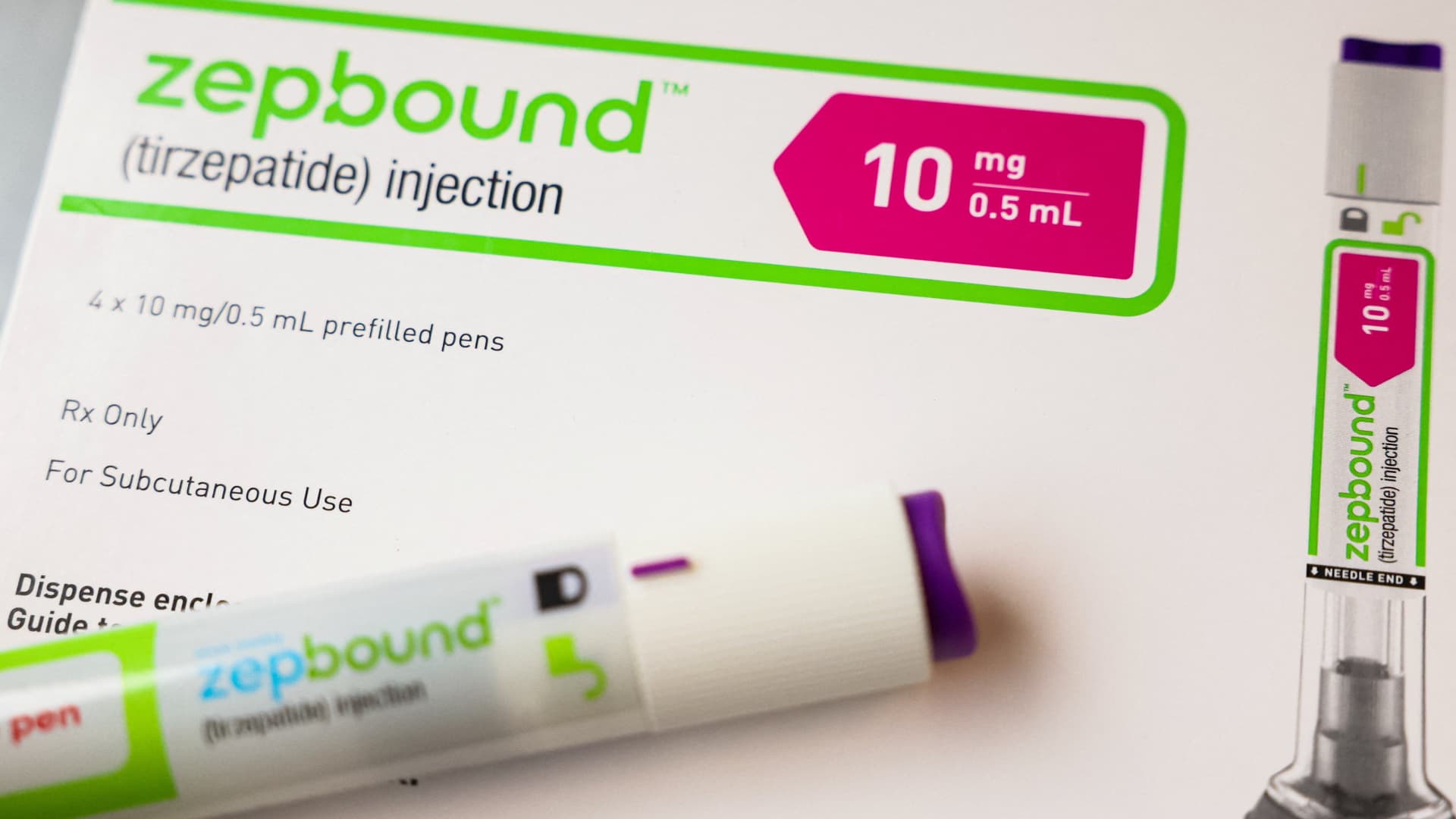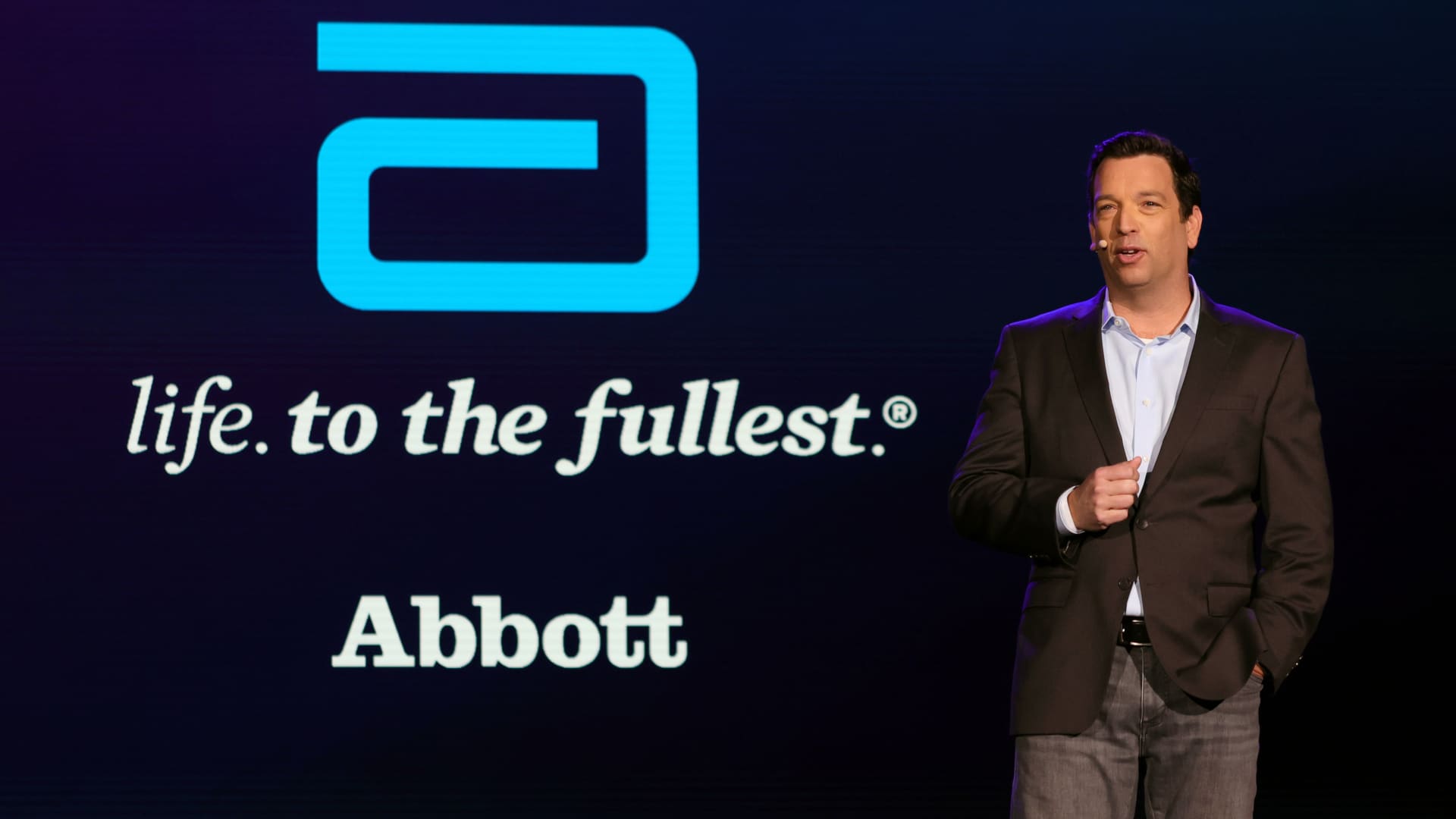José Luis Pelaez Inc | Digitalvision | Getty images
The inflation of medical care is feeding the highest coverage costs, preparing the stage for what could be the greatest increase in medical care spending by large employers in 15 years.
Medical care costs in August increased 4.2% annualized, according to the Labor Department consumer price index, compared to a general inflation rate of 2.9%. The cost of doctors' visits rose 3.5%, while hospital and outpatient services increased 5.3%.
These price increases are contributing to higher health insurance costs by 2026. Consumers who do not qualify for government subsidies to buy health coverage in the exchanges of the Health Care Law at low price could face increases in two -digit premiums for next year, according to early presentations of insurers.
Workers with employer's health coverage could also have to pay greater premium and pocket costs next year.
Large employers are projecting that their general health coverage costs will increase an average of 9% in 2026, according to several business groups surveys, which would be the highest level of medical care inflation since 2010.
More than half of the companies surveyed by the Mercer Benefits Consulting firm earlier this year said they are considering transmitting some of those increases to workers, but the health business group says that most of the large employers in their survey are looking for other ways to reduce costs.
“Employers have shunned in all possible ways, from transmitting costs to employees. This year, we see the first indication that they can seek to pass some of that to employees, but again, only as a last resort. They will try to get as many other levers as possible,” said Ellen Kelsay, president and executive director of BGH.
Employer cost conductors: cancer medications and LPG-1
Shana Novak | Stone | Getty images
The prices of prescription drugs increased 0.9% in August, according to the consumer price index, which considers a range of generic and branded medications widely used.
But for large employers, expensive medications are the main drivers of the highest health expense.
The companies surveyed by BGH are projecting a 12% increase in pharmaceutical costs next year, in addition to an increase of 11% this year fed by cancer medications and diabetes and obesity treatments such as Novo Nordisk's Weeping and Ely Lilly's Zepbound.
“The cancers have been for the fourth consecutive year, the biggest condition that drives the costs of medical care: cancers at earlier ages, subsequent diagnoses in the stage,” said Kelsay, who added that the weight loss medications that are a close second.
“When it comes to the treatment of obesity, that has been the space that has been the most foamy during the last two or three years and has been what has fed a lot of this pharmaceutical expense,” he said.
According to Mercer, almost two thirds of employers with 20,000 workers or more offer access to drugs to lose weight such as LPG-1. Less than half of the small employers surveyed plan to offer access in 2026.
With the growing drug demand, more companies are hardening eligibility requirements and beginning to explore more affordable ways to provide access to their employees, including the cash payment market.
LPG-1 cash payment
An executive of Telesalud whose firm offers LPG-1 compound told CNBC that some large employers are silently letting workers know that they can use health savings accounts to buy medications for less in the cash market.
“They are worried about how much [the drugs] Cost, but that does not mean that they do not think that their employees should not have access to them. They simply do not want to have to pay for it, “said the executive, who spoke on condition of anonymity due to the confidential nature of the discussions.
The health account data show that more workers are resorting to the direct options to the consumer, including the online pharmacies of Novocare Novocare de Eli Lilly and Novo Nordisk, which offer their medications to lose weight to approximately half of the prices of the list of more than $ 1000.
LPG-1 purchases are now the main category of cash payment expenses in flexible and health savings accounts before taxes, for expenses not covered by insurance, according to the CEO of the Paytient health payments processor.
“We see a triplicate from last year until this year of use in suppliers oriented to LPG-1. These are places like Lilly Direct, such as Ro, such as Hims & Hers, and that is a growing segment,” said Paytient's founder and CEO Brian Whorley.
But employers care that the cash payment trend leaves low -income workers outside the equation because they cannot pay pocket costs. That is causing discussions about how their companies can obtain cash payment prices to help increase the most equitable access for employees.
Self -assured employers have contracted directly with the so -called centers of excellence for specialized medical care, such as cancer treatment and joint replacements. But they cannot do the same for many drugs. According to agreements with pharmacy benefits management companies, or PBMS, both medication manufacturers and employers would violate their contracts through the use of a direct cash payment process.
But employers are pressing more and more PBM for better options, says Kelsay of BGH. They are beginning to consider new types of benefits managers, which propose new payment models for medicines in the development portfolio.
“There are some new entities, some new companies in this space, which are building products and solutions in which they go in the name of a group of employers to negotiate with manufacturers in certain cell and gene therapies,” he said.
The Paytient spiral calls the challenge of making the LPG-1 more affordable a stress test moment for employers and PBM.
“They are in a perfect type of venn diagram of clinically effective medicines that change the lives of people, which will increasingly force a choice,” when it comes to financing, said Whorley. “If we do well, you can provide a plan for all drugs such as LPG-1 that … will present challenges for health plans.”












